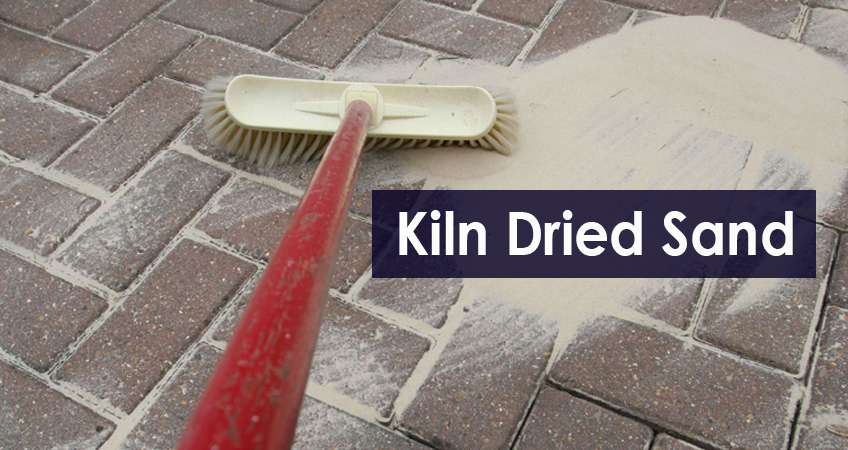Kiln-dried sand is dry, fine sand with no moisture content at all. It is popularly used for filling block paving and paving slab joints. It also prevents their movement while allowing drainage. This type of sand stops water ingress and pavements from getting loose. We will give you a comprehensive…



